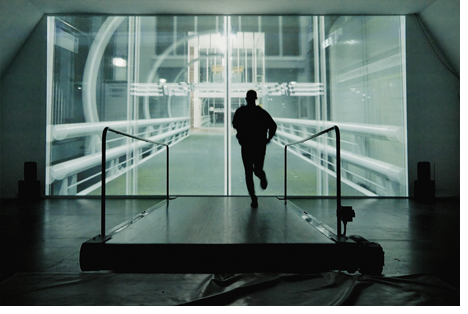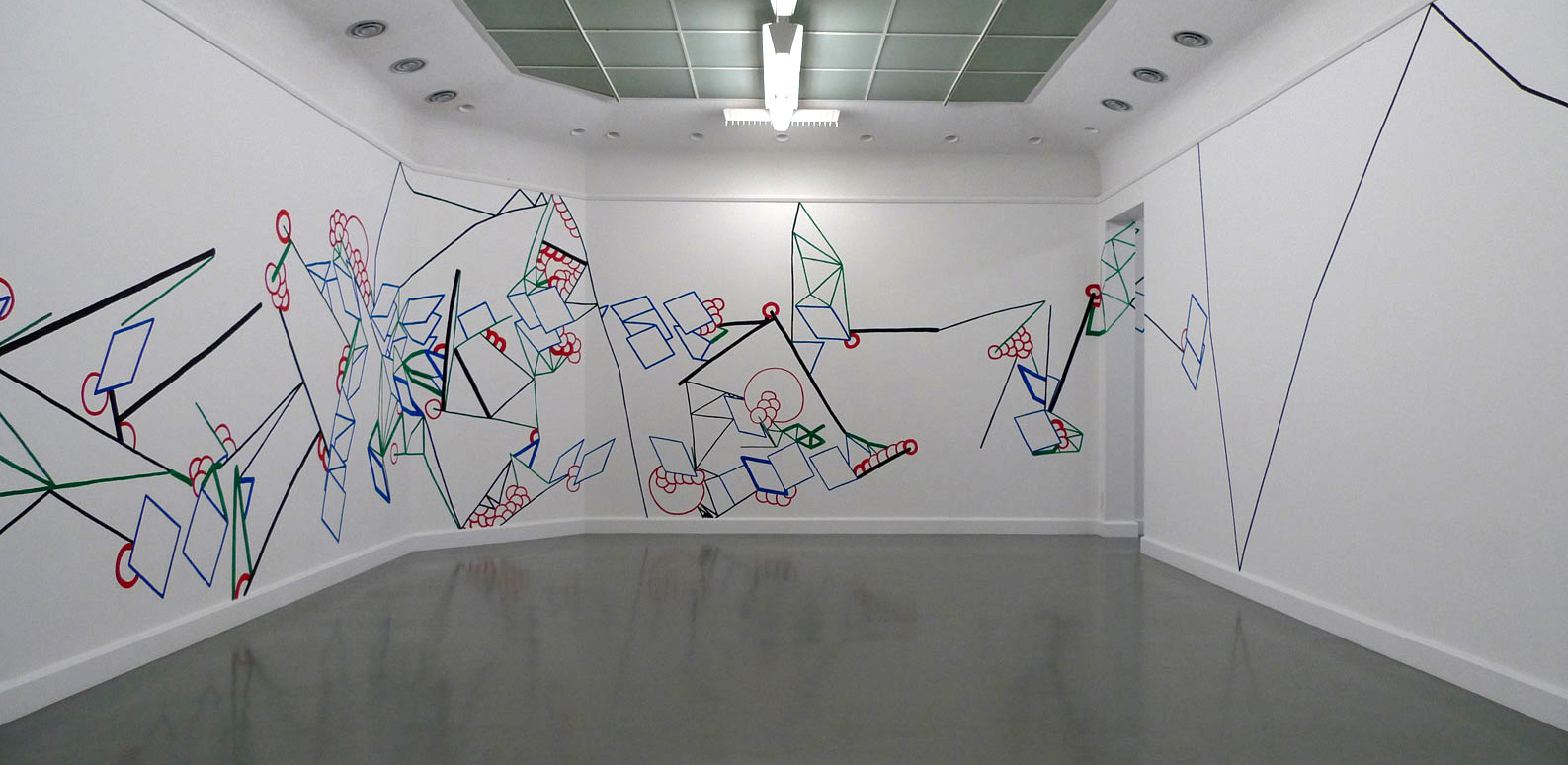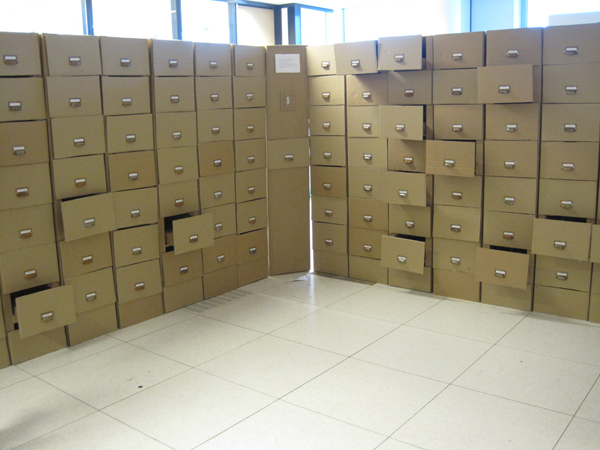Design Method: Producing with the Audience- Audience/User (Co-)Generated/(Co-)Produced Art
A Definition (again)
...covers a wide range of artworks from different fields and disciplines in which the audience/visitor/user plays in one way or another an active part in the design process of the artwork.
In general the artist shapes a framework and decides on the contribution that is asked from the visitor. The artist does not exactly know what and the amount a visitor is going to contribute; content and esthetics are thus unknown variables (paraphrased from: http://tetem.nl/content/bestanden/persbericht-user-generated-art.pdf).



Great!
But....

The Ten Commandments of Crowdsourcing:
...
Rule No.2: Eliminate the influence of crazy freaks. You must determine a way to avoid giving too much power to a small group that can have a powerful influence on your results.
...
Rule No.6: Set clear boundaries for participation. Time Magazine decided to let Internet users vote who gets their annual award. This decision gave the opportunity to practical jokers to set the winner as Christopher ‘moot’ Poole, founder of 4Chan, an online community known for it’s pranks.
...
source: http://dailycrowdsource.com/crowdsourcing-training/tips/53-the-ten-commandments-of-crowdsourcing
Rule No.2: Eliminate the influence of crazy freaks

A few more examples:
Vitruvian Paint Machine
Luna Maurer & Edo Paulus

Correcting and errors made my ''crazy freak'' participant.

Example: Aaron Koblin
Ten Thousand Cents, The Sheep Market, Bicycle Built For Two Thousand, The Johnny Cash Project
Aaron Koblin


 Example: Shoutkast
Example: Shoutkast
“Shoutkast is a tribute to the essence of the internet: a network of machines that allows people to share information.This installation allows visitors to share their shouts with eachother without the downsides of censorship, moderation or privacy infringement.
Shoutkast is an interactive installation, consisting of a row of cupboards made of carton.
The title of the work is a combination of the english word ‘shout’ and the dutch word ‘kast’, which means cupboard, or closet. Except for this literal translation, this title also refers to the phenomenon of ‘shoutcasting’ software which makes it possible to broadcast audio over the internet.
The complete installation consists of twenty cupboards of 1m80 high and 35cm wide. Alltogether the installation can span a width of seven meters. Each cupboard has seven drawers, and all drawers have a unique and randomly generated IP-address on its front.
The drawers open and close by themselves continiously in a random order. As soon as a drawer opens, it is up to the visitor to scream into it, after which the sample will be saved into that particular drawer. The drawer will close and as soon as it will open again, the sample that was left into it will be played loudly into the room.
At any time in this process it is possible to overwrite a previous recorded sample by simply shouting into the drawer again.
Since a large amount of drawers is simultaneously open, this can result in a big cacofonic chaos of sounds and voices” (source: http://vimeo.com/37523117).

Theory
Book: Participate - Designing with User-Generated Content by Helen Armstrong and Zvezdana Stojmirovic
http://participatorydesign.net/
See also:
http://mashable.com/2010/11/06/crowdsourced-art-projects/?utm_source=feedburner&utm_medium=feed&utm_campaign=Feed:+Mashable+%28Mashable%29
And:
http://dailycrowdsource.com/crowdsourcing/projects/272-9-great-uses-of-crowdsourcing-art
See also:
http://mashable.com/2010/11/06/crowdsourced-art-projects/?utm_source=feedburner&utm_medium=feed&utm_campaign=Feed:+Mashable+%28Mashable%29
And:
http://dailycrowdsource.com/crowdsourcing/projects/272-9-great-uses-of-crowdsourcing-art
Some Other Examples
-One Word at a Time Stories
-Now Take a Bow
-The One Million Masterpiece
-Daily Monster - Stefan Bucher
"For 100 days, Stefan Bucher filmed himself drawings monsters and posted the short clips on his website. He then asked readers to write the story of the monster. His "open Source Monsters" also allows people to submit their own drawings based on the inkblots he provides. The online project lead to a book which had already gathered a public long before it hit the bookshops" (source: we-make-money-not-art.com).





